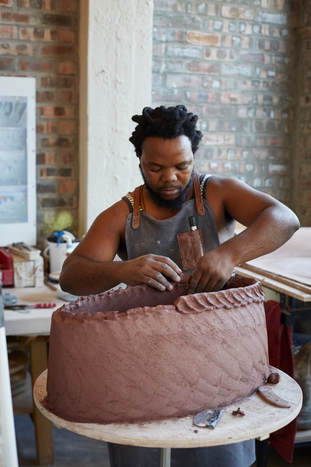 photo by Justin Patrick
photo by Justin Patrick Andile Dyalvane is an artist and designer from Ngobozana in the Eastern Cape (South Africa). Pieces by Dyalvane are held in numerous collections and he has shown his work all over the world. This week he is showing work with Southern Guild as part of Design Miami 2018 (Meridian Avenue and 19th St., Miami Beach , December 4 to 9).
His work is based mostly on clay.
"Clay is familiar to me. When I explored different mediums at my tertiary level of schooling, I was inherently drawn to clay because the oxen and cattle herds I made as a boy while herding my own father’s cattle came quickly to mind," he says. "The context of the medium made more sense as I studied its attributes and my memories in relation to my identity made greater sense. This in itself is akin to both a telling legacy clay gives to his/story and the energy I give to clay in the present. To describe this particular energy is without a doubt to be aware of the greatness of life and, indeed, a divine life force that feeds us."
His pieces begin in the sketchbook, ideas,memories, past observations, his current location and, perhaps most importance, his lineage, his people.
"These ideas and visuals inform memories and create further forms and clear narrative. I am from the amaXhosa tribe, the house of Mpondomise and Jola clan lineage. I practice the traditions of my family and culture even though I have come to find certain degrees of function in parallel spaces and environments in the urban setting of the city of Cape Town. My identity as coming from the countryside is crucial to narrative because my home is where I draw my visionary strength from." says Dyalvane.
photos by Adriaan Louw
"I am humbled and honoured in gratitude for the phenomenal reception and
appreciation of all that I express. We all have a sense of our own truths, some more firmly than others, but it’s there… a sort of connectivity to a greater source," he says. "To reveal my own connection to a greater source, that in self-awareness, is perhaps where others may find their own true self.This is my gift, in each piece, it is given to those who find self-truth there."
Dyalvane's art is functional. Perhaps not every piece has a practical use but certainly they often do (or could). He finds this potential function an added strength to his artistry.
"I’ve recently come to realize that the function of my works has its greatest gravity in narrative. The tradition of oral education and storytelling has long held honorable respect in African cultures as developing various foundational aspects of culture itself," says Andile. "As self-realization is celebrated in community and ceremony in my cultural learnings a ndpractices, it has been assigned to me the great honor of helping others to remember that they belong and are an important part of healing memories. In so doing, function is then just as much a metaphor as the vessel that carries literal abundance for those who accept it."
"A series of chance meetings between friends and associates with the commonality of attending the same tertiary institution and five-way conversations around starting a business that none of our peers attempted to go at on their own, gave us courage to place these very thoughts into the ethos of Imiso. Imiso is derivative of the word ‘Ngomso’ in isiXhosa, which means ‘Tomorrow," he says. "We placed the context of tomorrow into who we intend creating our legacy for… the next generation. We find that a better tomorrow applies to all generations and are open to sharing what we do with anyone who seeks to understand why we do what we do and how."
He is being shown at Design Miami by Southern Guild, who have represented him around the world for years.
"Southern Guild gallery for the past 10 years has represented my collectible design collection of works with success in both South Africa and globally. Part of the body of works from my ‘Idladla’ solo exhibition collection will be showcased as part of the phenomenal pool of great designers they represent here in South Africa and Africa." says Dyalvane.
Miami has worked well for Dyalvane. It is an opportunity to show work, of course, but it is also an opportunity to understand his fellow humans.
"To be platformed within a world-renowned design showcase aligns itself well to
being able to share my story through clay. The reach is important and connectivity crucial toward the greater understanding of humanity. I have been to Design Miami twice as well as Design Miami/Basel," he says. "Cultural expressiveness is key to developing and understanding the structures of identity, and this is what Miami says in her streets, walls, dress, public artworks and, of course, on her beaches. To showcase expressions from all over the world makes for a befitting fair platform – the exchange of realized visions is intensified with equal satisfaction and pride in those who represent the work."
After Design Miami Dyalvane has plans a variety of plans that will take him around the world. These plans are also laced with something of an esoteric personal question.
"To grow – the present constant of change has a great challenge for me. I’ll be making a few trips abroad in 2019, with highlights including a residency at Leach Pottery in Saint Ives, in the UK and a workshop and lectures at Haystack
Mountain School of Craft on the coast of Deer Isle, Maine in the US. I’ll also be hosting workshops next year as well as establishing a home base in the Eastern Cape countryside for expanded works." he says.
Dyalvane is not a man who stays still. Be sure to see his work if you attend Design Miami 2018.
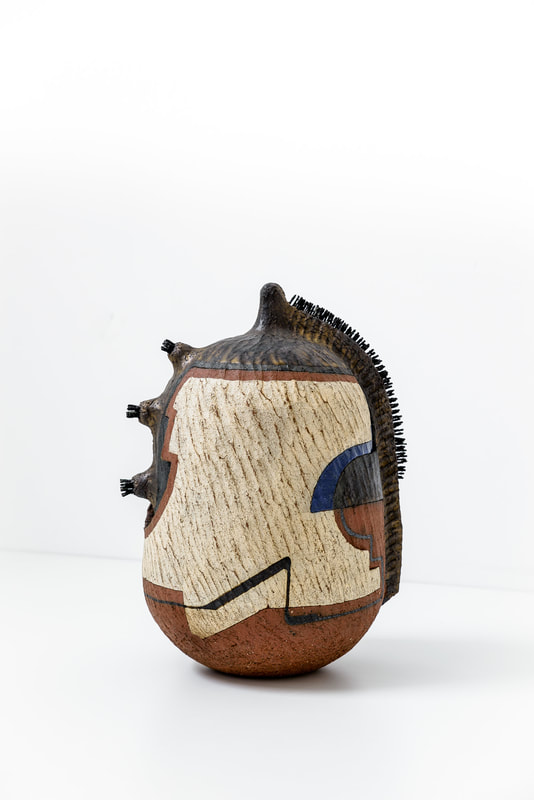
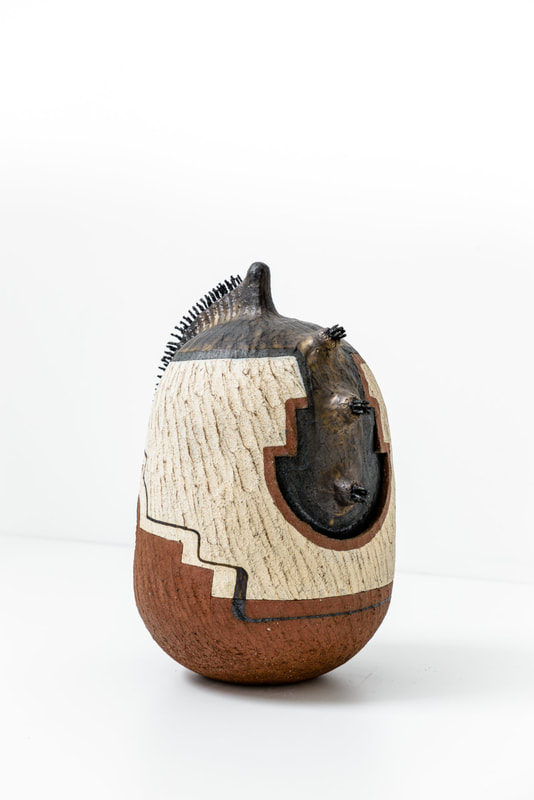
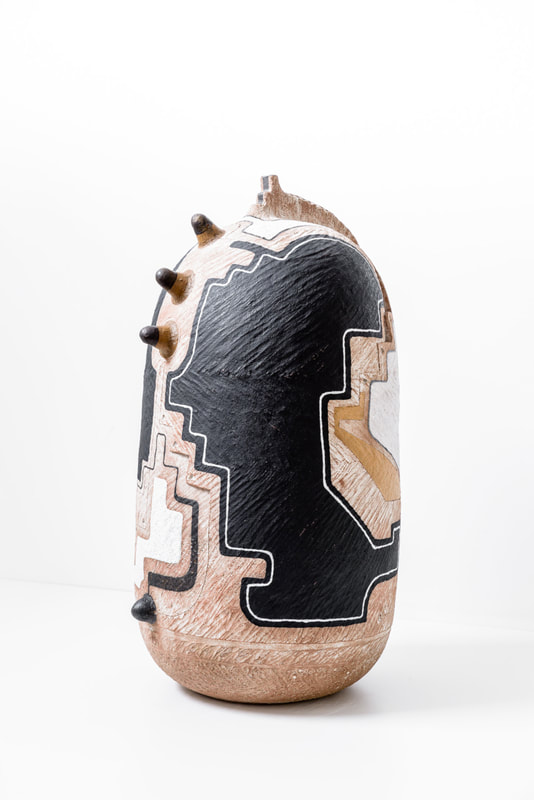
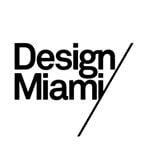
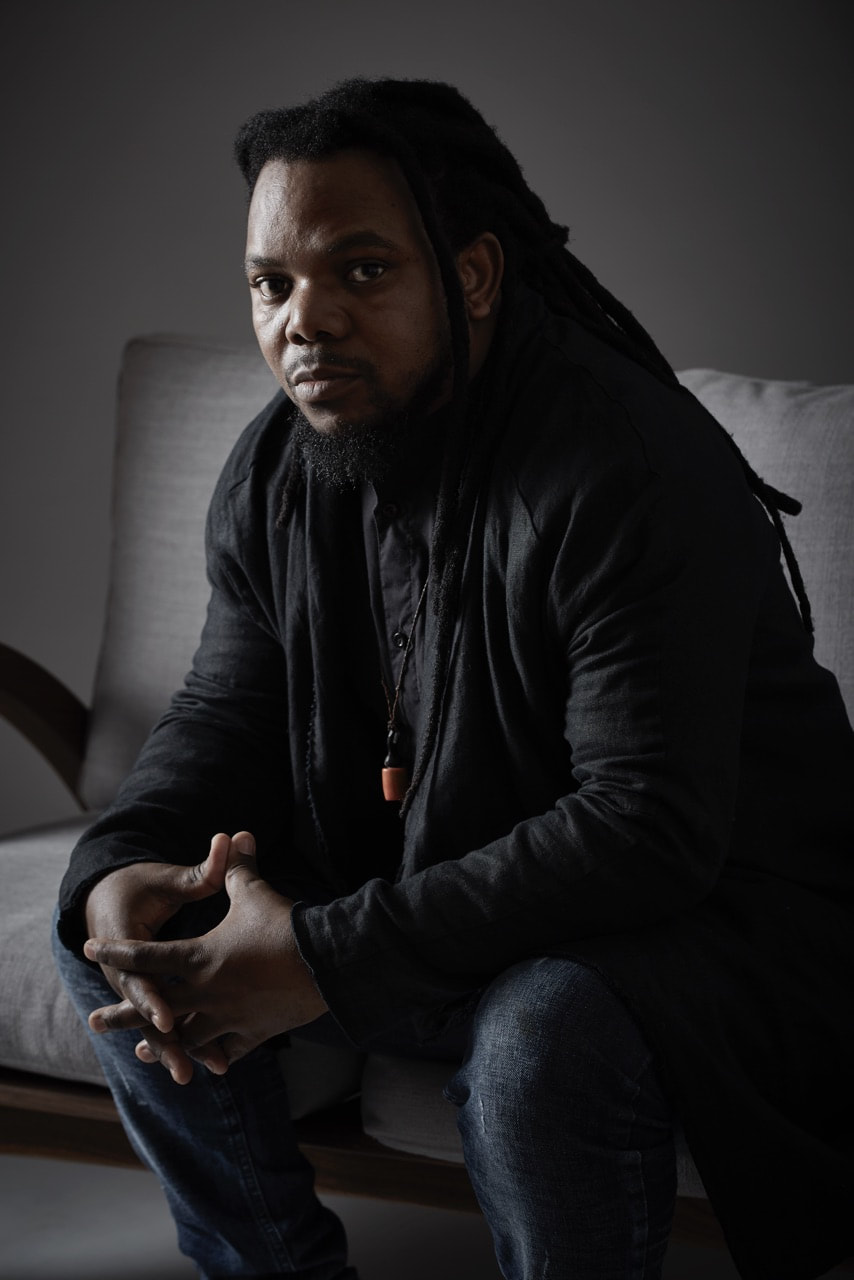
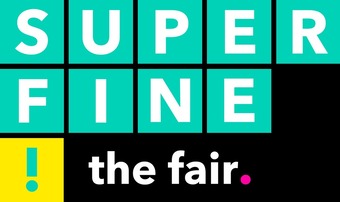
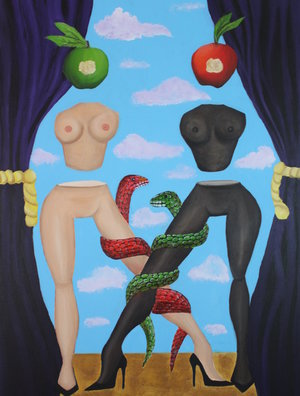
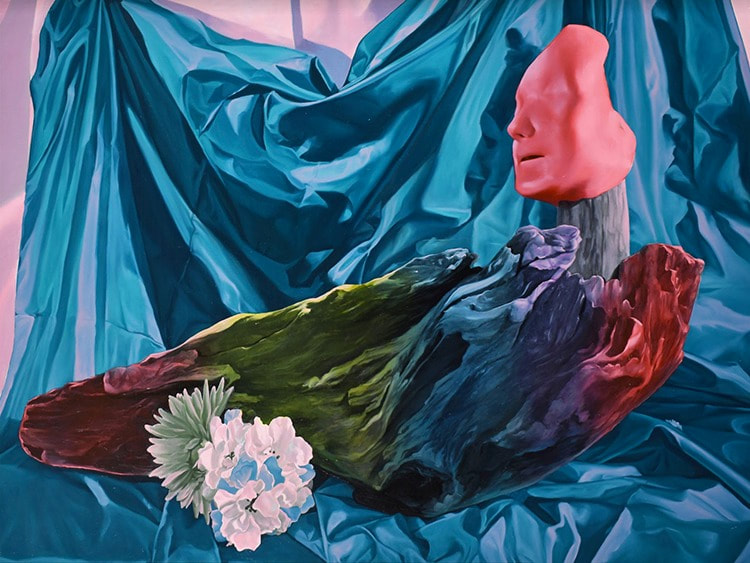
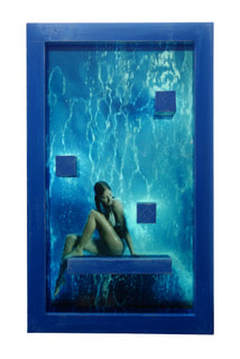
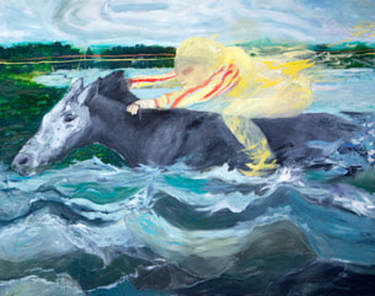
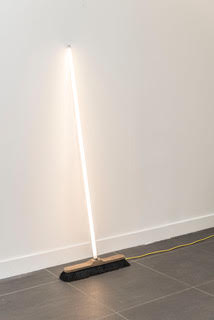
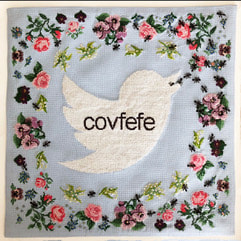
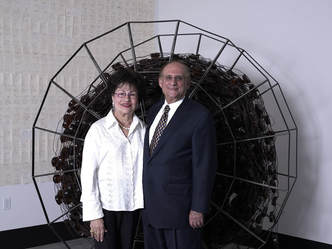
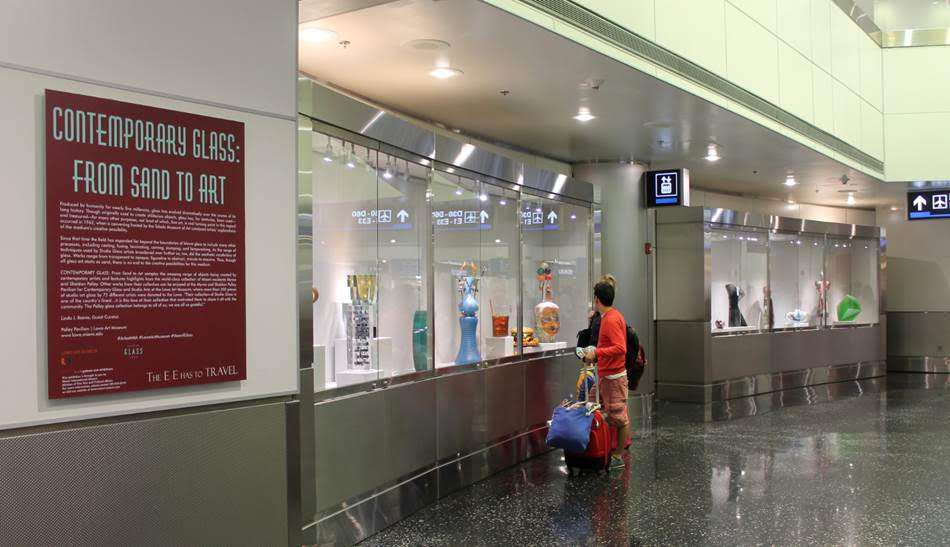
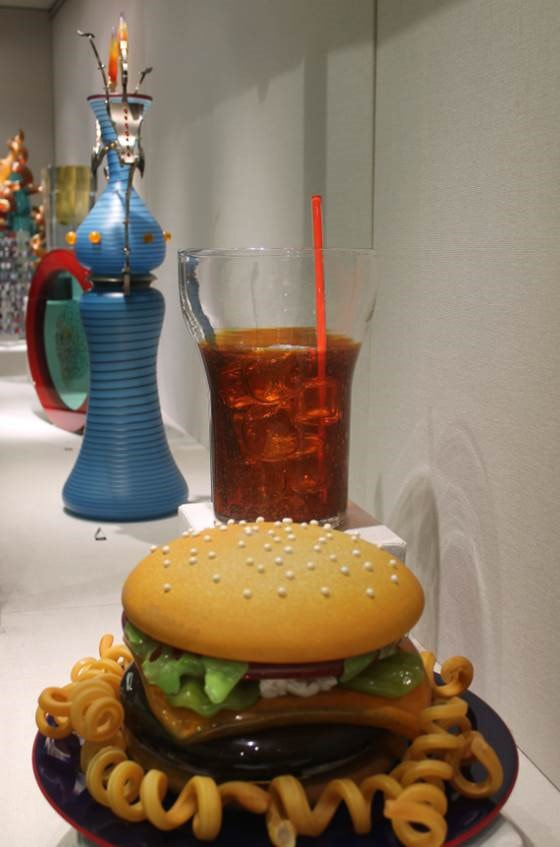
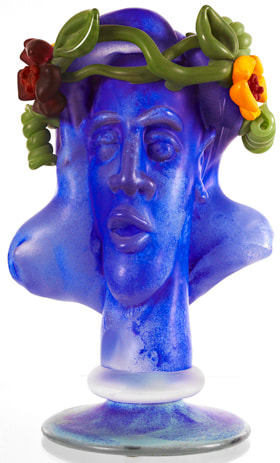

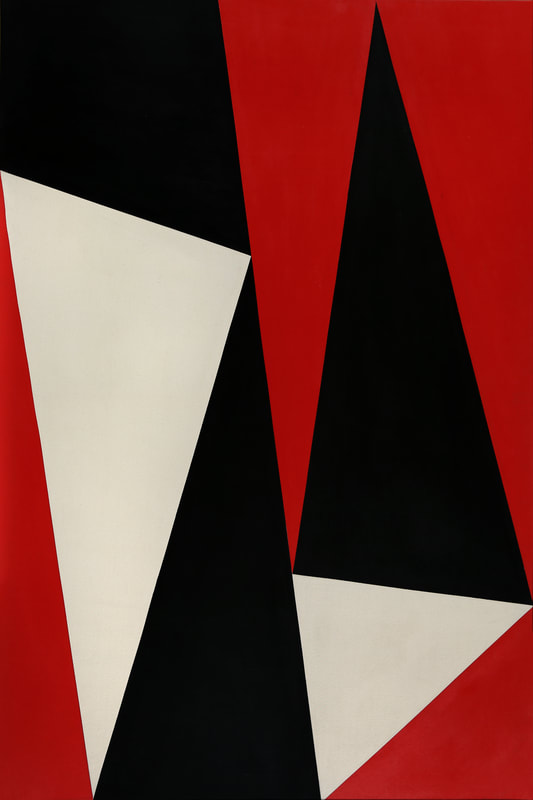

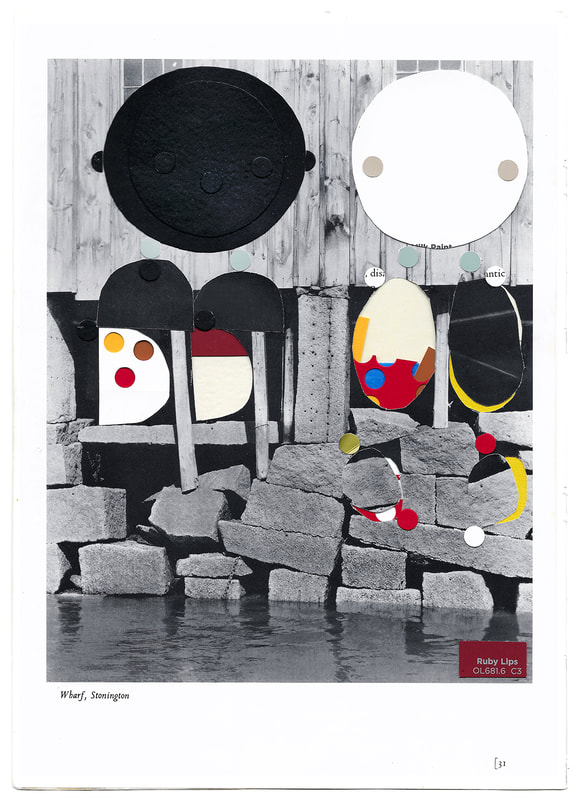
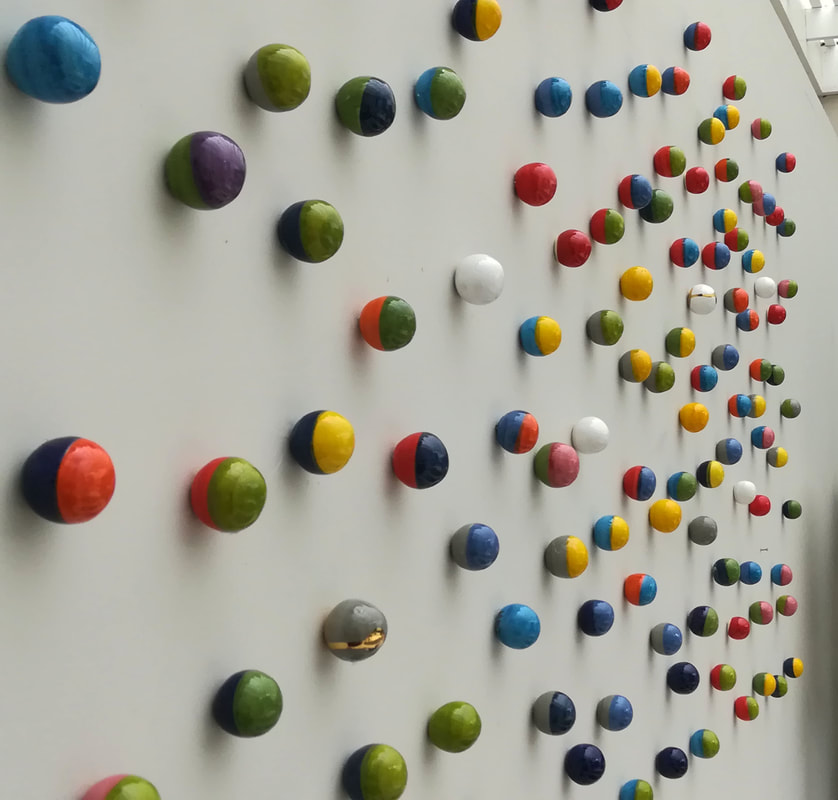
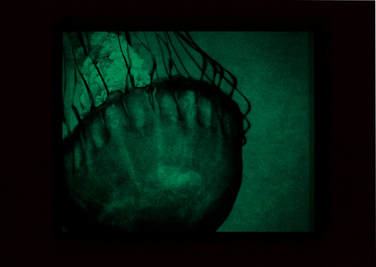
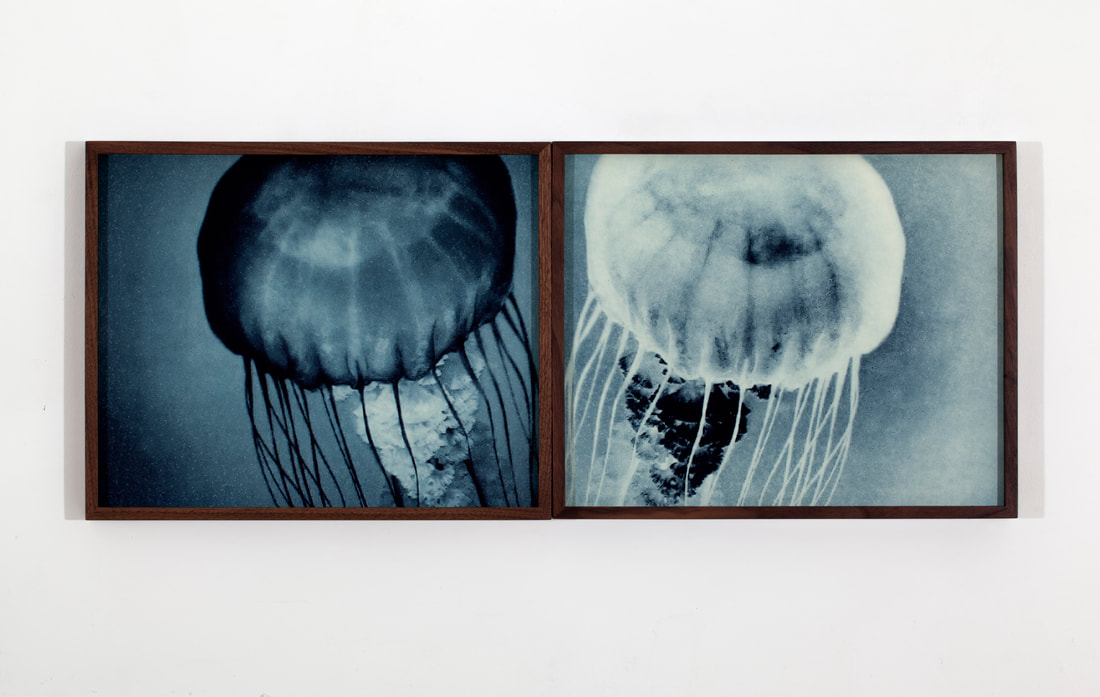
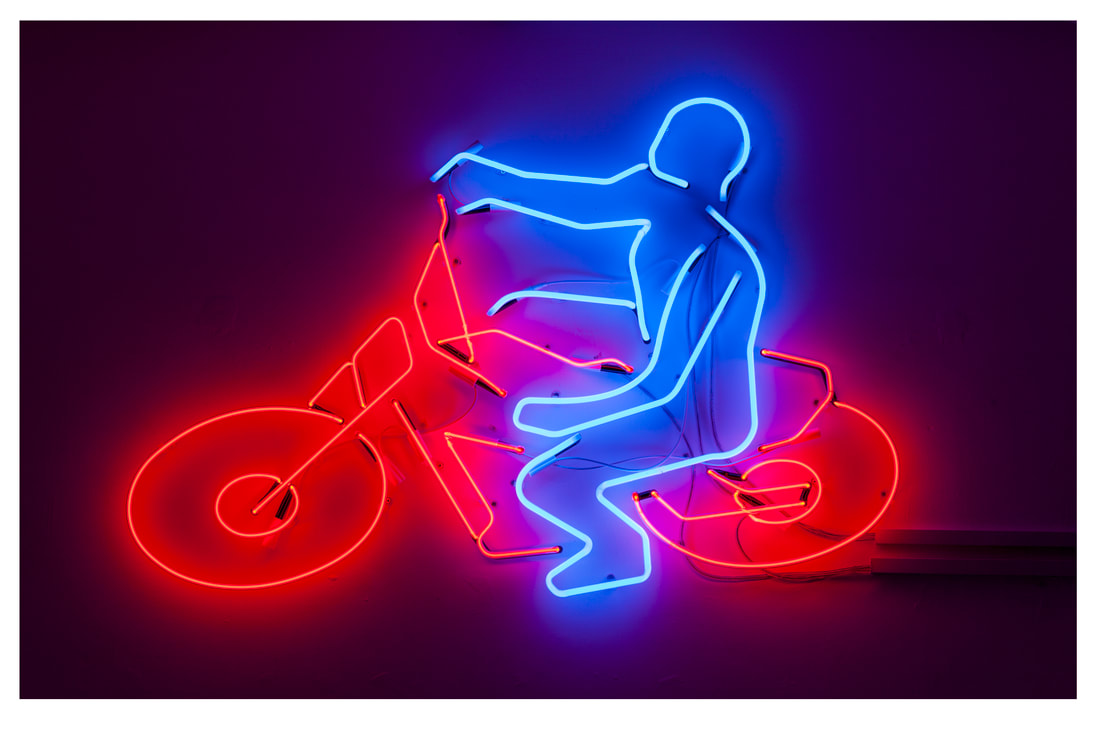
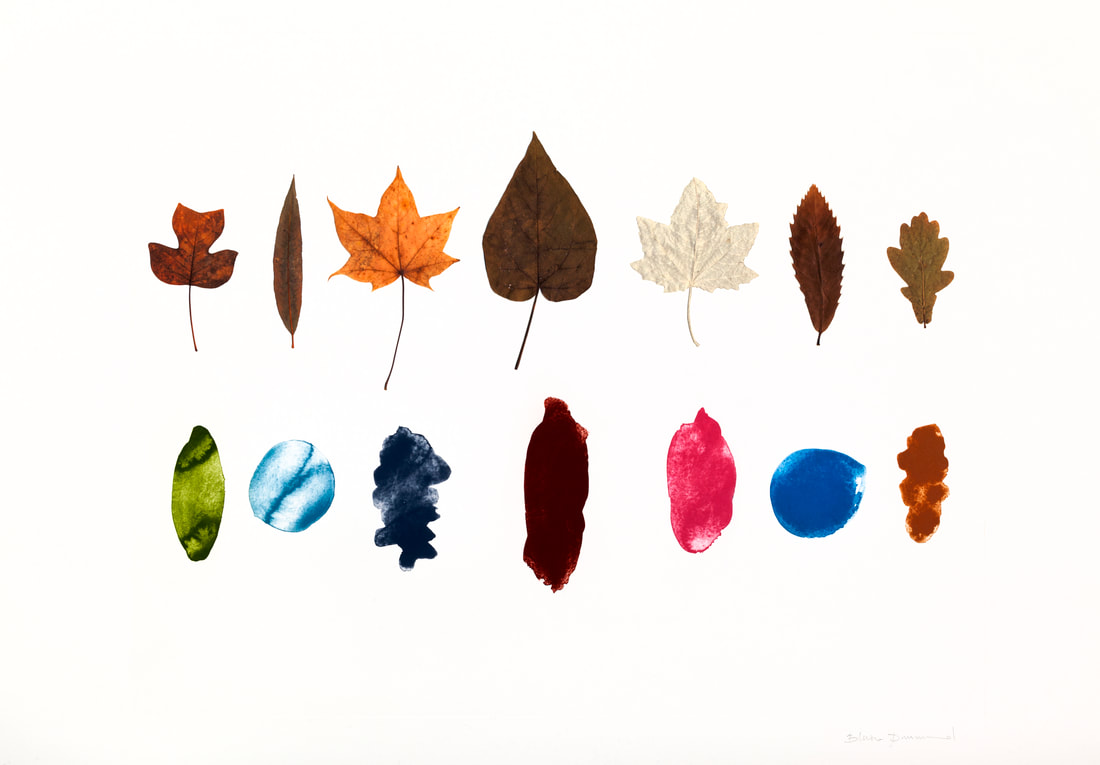

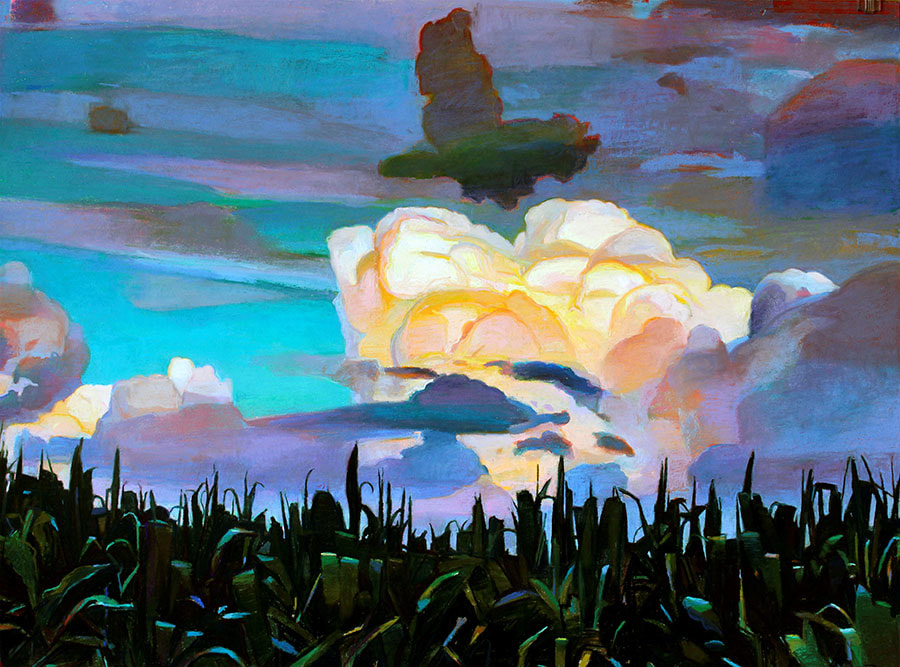
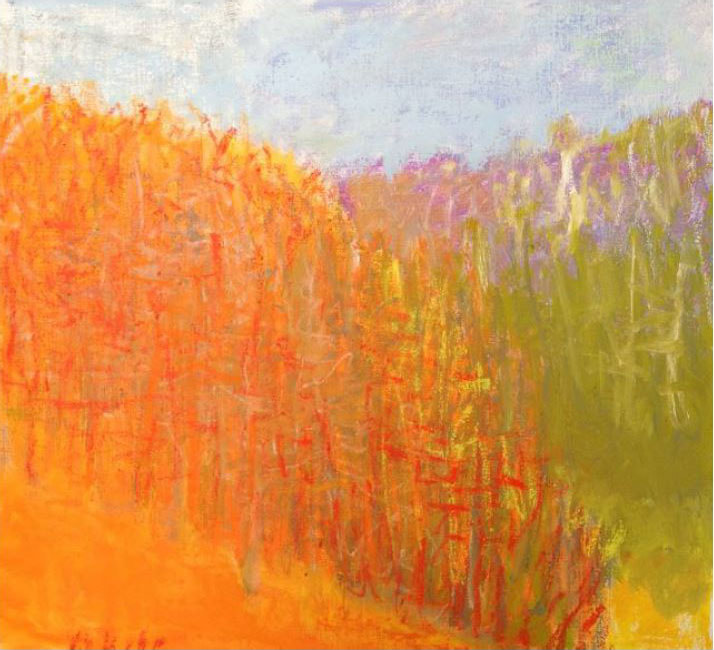
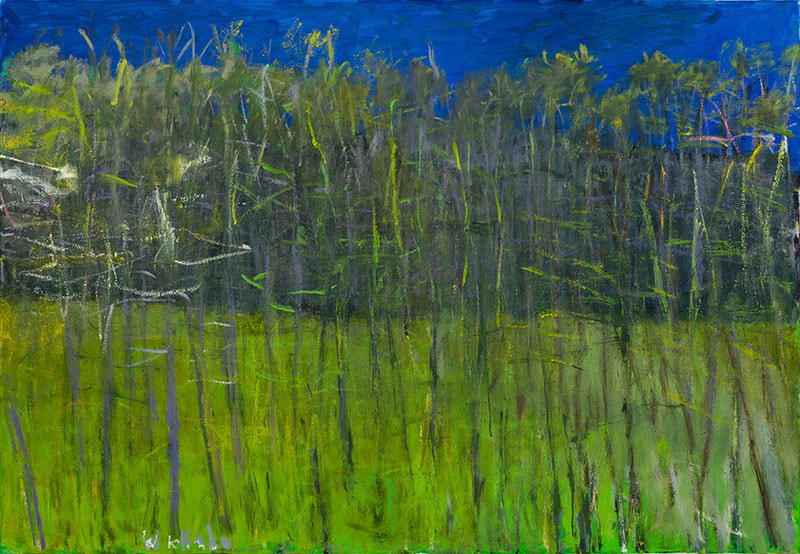
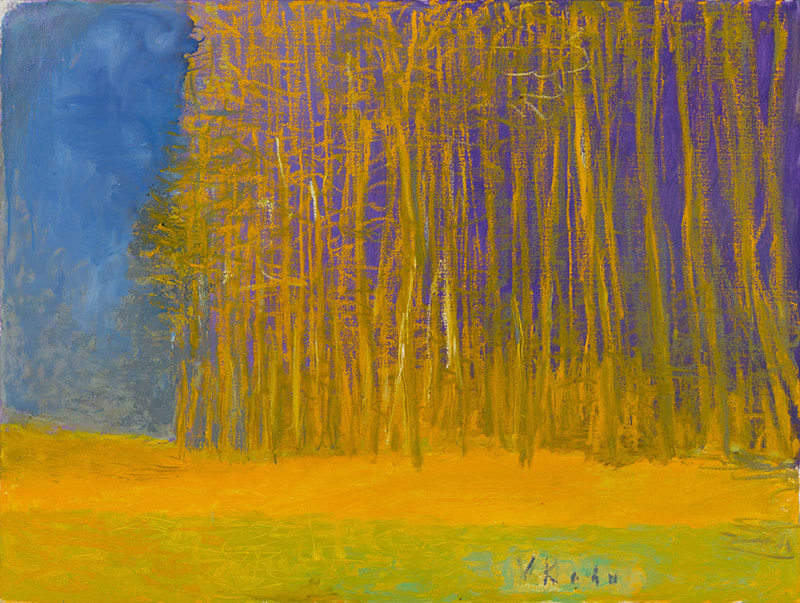
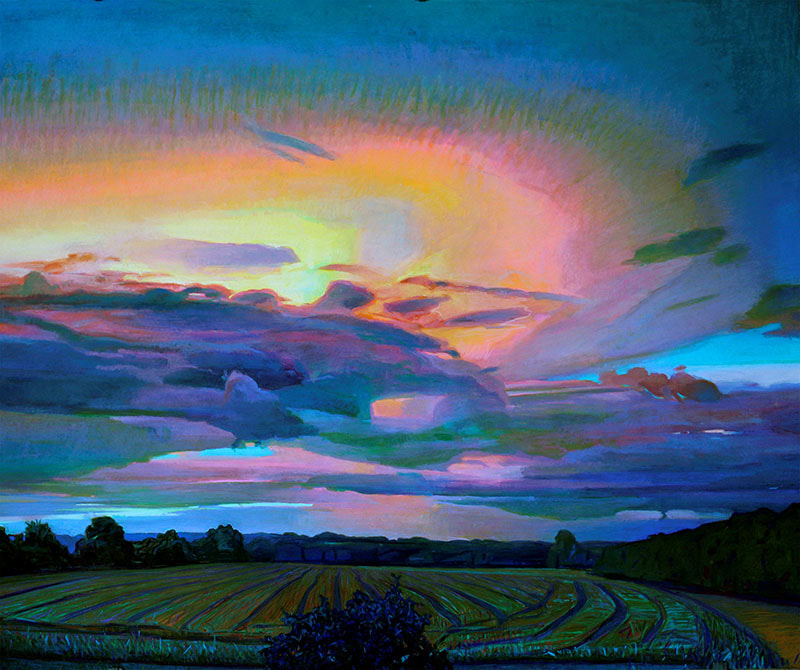
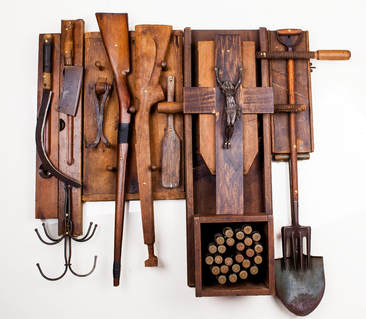
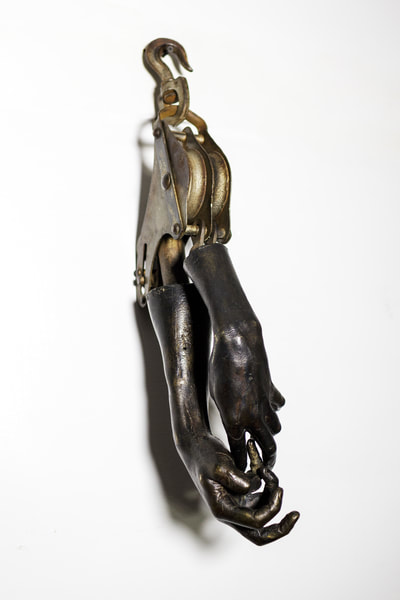
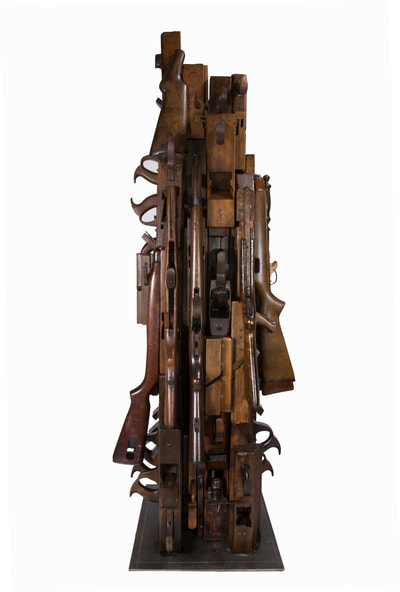
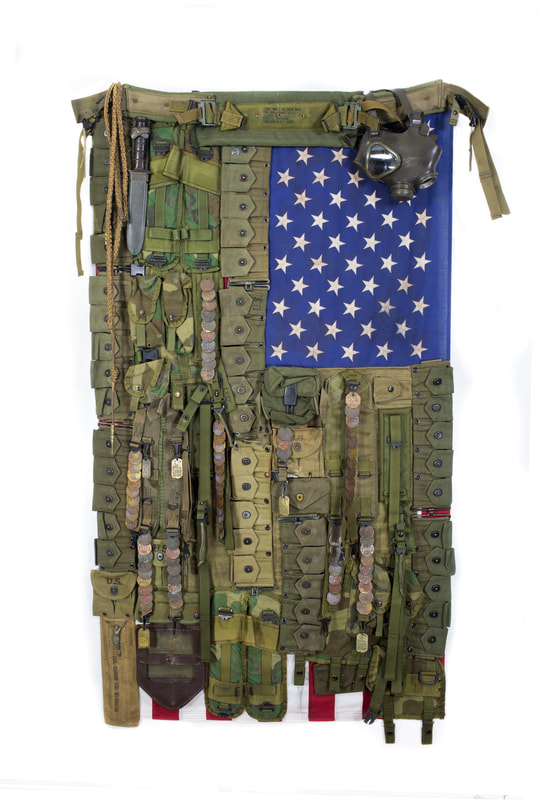
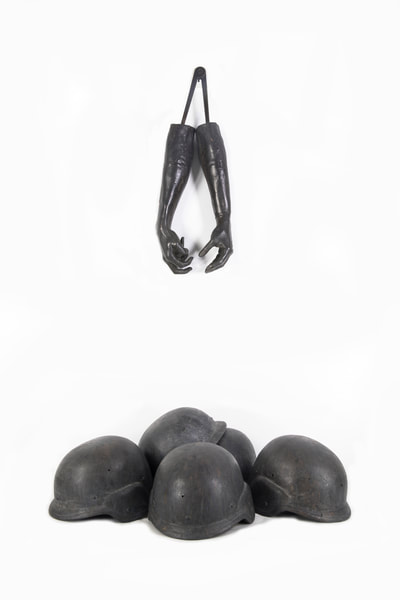
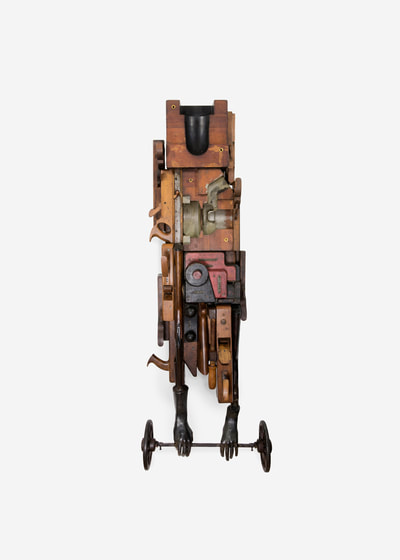
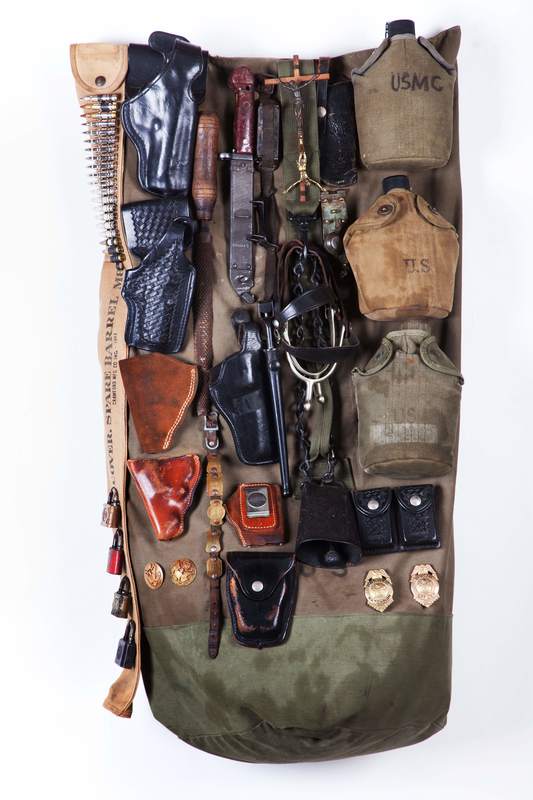

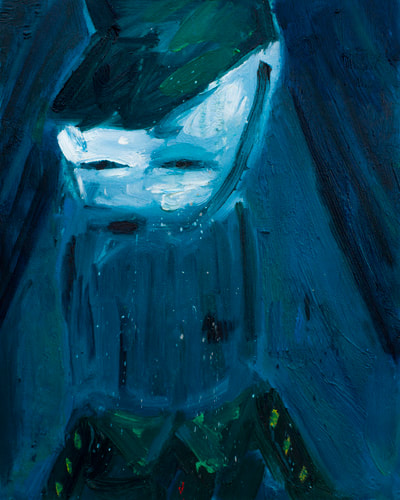
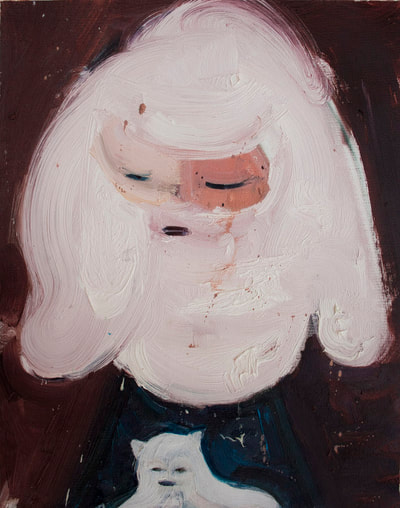
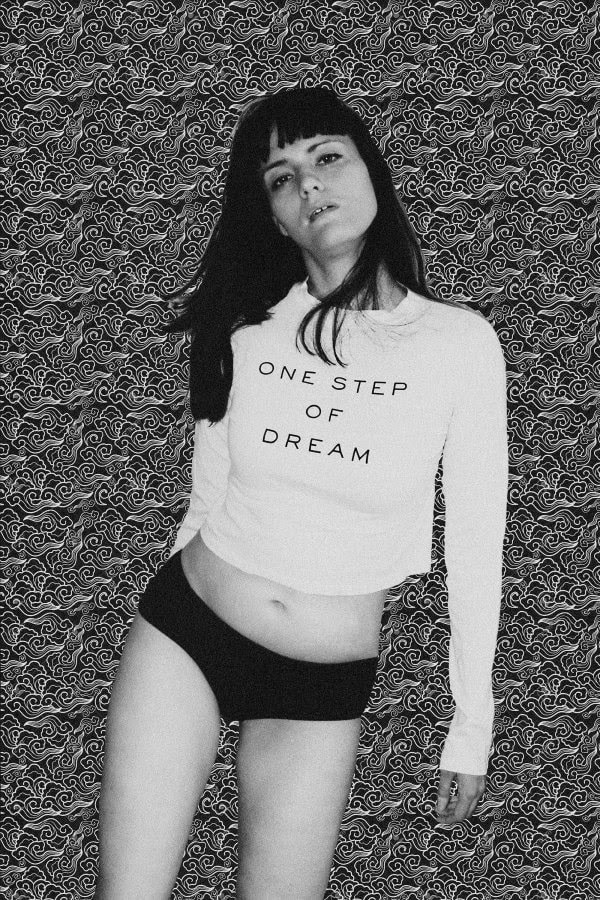
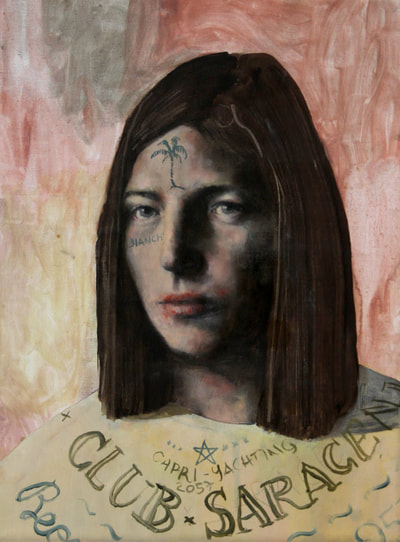
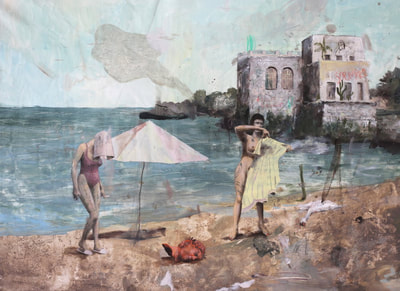
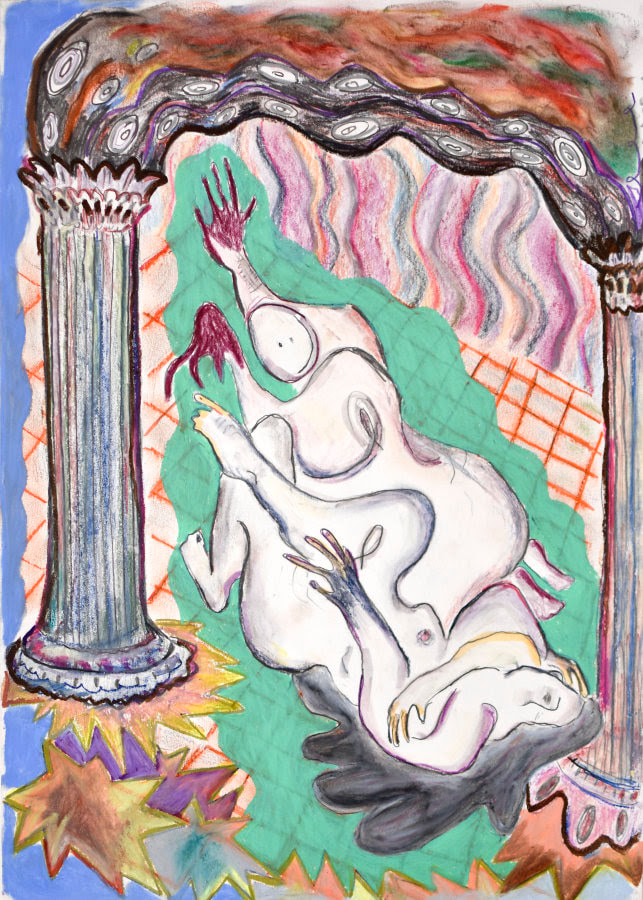
 RSS Feed
RSS Feed